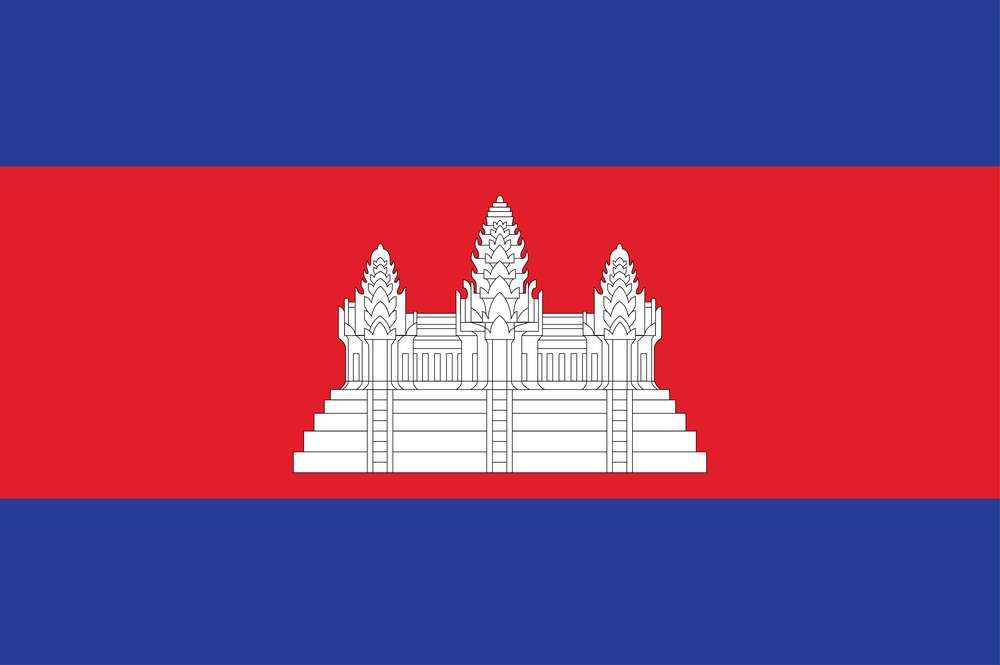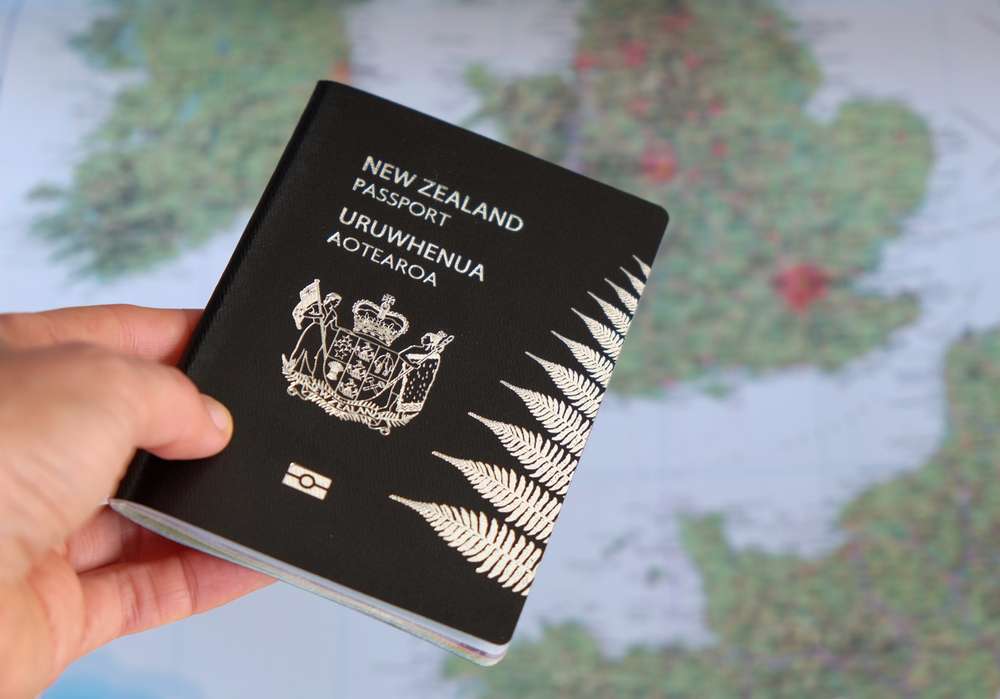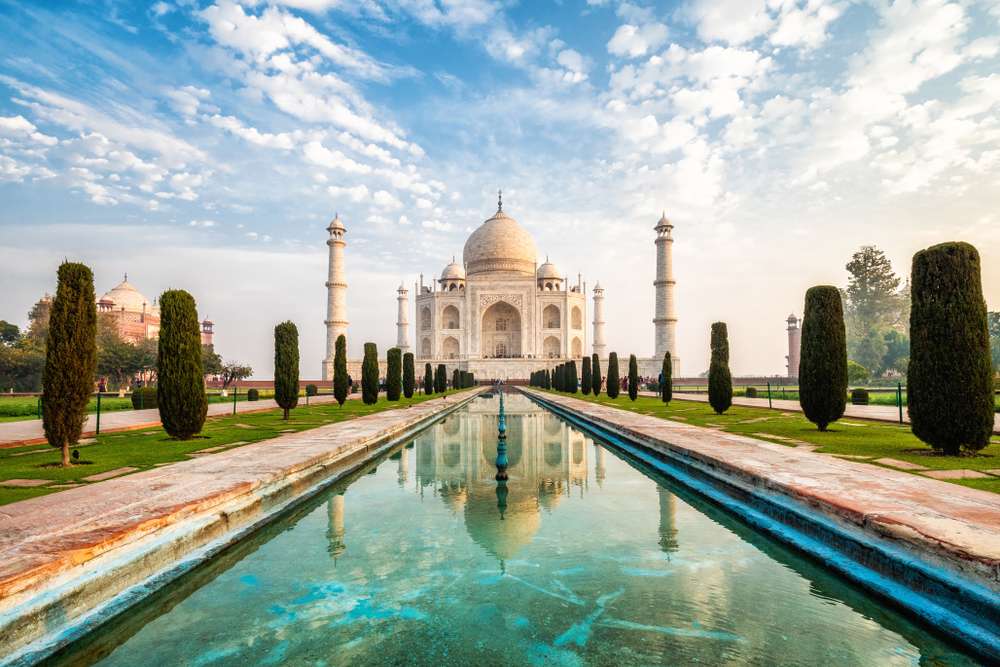Cambodia, a country steeped in history and culture, is also home to a remarkable array of ecosystems that support some of the most diverse and unique biodiversity in Southeast Asia. From its dense rainforests and expansive wetlands to its intricate river systems and coastal regions, Cambodia’s natural landscapes are a treasure trove for nature enthusiasts, conservationists, and anyone with a passion for the wild. This article takes you on a journey through Cambodia’s unique ecosystems, highlighting the rich biodiversity that makes this country a haven for wildlife.
1. The Mystical Cardamom Mountains: A Biodiversity Hotspot
The Cardamom Mountains, one of Southeast Asia’s largest and most pristine rainforests, are a sanctuary for wildlife and a critical area for biodiversity conservation in Cambodia. Stretching across the southwestern part of the country, this rugged mountain range is home to an astonishing variety of plant and animal species, many of which are found nowhere else in the world.
The dense forests of the Cardamoms harbor elusive species like the clouded leopard, the Asian elephant, and the Malayan sun bear. Birdwatchers will find themselves in paradise with sightings of the critically endangered Siamese crocodile, the green peafowl, and the giant ibis, Cambodia’s national bird. The area’s rivers and streams are equally vital, supporting an array of aquatic life, including rare turtles and endemic freshwater fish species.
The Cardamom Mountains are not just a haven for wildlife; they are also crucial for the indigenous communities that depend on the forest for their livelihoods. These communities play a key role in conserving the region’s biodiversity, offering an inspiring example of how traditional knowledge and modern conservation efforts can work hand in hand.
CAMBODIA VISA FOR ARMENIAN CITIZENS
2. The Tonle Sap Lake: A Dynamic and Vital Ecosystem
Tonle Sap Lake, the largest freshwater lake in Southeast Asia, is often referred to as the “beating heart” of Cambodia. This unique ecosystem is defined by its dramatic seasonal changes, with the lake expanding and contracting based on the annual monsoon cycle. During the rainy season, the lake’s size increases nearly tenfold, flooding the surrounding forests and fields and creating one of the most productive inland fisheries in the world.
The lake’s rich biodiversity includes over 200 species of fish, which in turn support a vibrant community of birds, reptiles, and mammals. Tonle Sap is a vital breeding ground for many fish species that sustain both local communities and the wider Mekong River Basin. The flooded forests around the lake are home to rare bird species such as the spot-billed pelican, the lesser adjutant, and the milky stork.
The human communities living around Tonle Sap have adapted to this dynamic environment in unique ways. Floating villages, where houses rise and fall with the water levels, are a common sight, and traditional fishing methods have been passed down through generations. These communities are deeply connected to the lake’s ecosystem, relying on its resources for food, income, and cultural practices.
3. The Mekong River: A Lifeline for Biodiversity
The Mekong River, one of the world’s great rivers, flows through Cambodia, providing a lifeline for both people and wildlife. The river supports an incredibly diverse range of species, including the critically endangered Irrawaddy dolphin and the giant Mekong catfish, one of the largest freshwater fish in the world.
The Mekong’s diverse habitats include deep pools, sandbars, and riparian forests, each of which supports different species and ecological processes. The river’s floodplains are particularly important for migratory birds and fish, serving as critical breeding and feeding grounds. The Mekong is also home to several freshwater turtle species, some of which are among the most endangered in the world.
In addition to its ecological significance, the Mekong River is central to the livelihoods of millions of people in Cambodia. The river’s resources are used for fishing, agriculture, and transportation, making it a vital part of the country’s economy and culture. However, the Mekong’s biodiversity faces increasing threats from dam construction, pollution, and overfishing, underscoring the need for sustainable management practices to protect this vital ecosystem.
CAMBODIA VISA FOR AZERBAIJANI CITIZENS
4. The Coastal Mangroves: Guardians of the Shoreline
Cambodia’s coastal regions, particularly around the Gulf of Thailand, are characterized by extensive mangrove forests that play a crucial role in maintaining the health of marine and terrestrial ecosystems. These mangroves act as natural barriers against coastal erosion, storm surges, and flooding, while also providing habitat for a wide range of species.
The mangroves are nurseries for many fish and crustacean species, supporting both commercial and subsistence fishing. They are also home to a variety of bird species, including the mangrove whistler and the collared kingfisher. The complex root systems of the mangroves provide shelter for young marine life, making these forests critical for the sustainability of Cambodia’s coastal fisheries.
Moreover, the mangroves contribute to carbon sequestration, playing a role in mitigating climate change by absorbing significant amounts of carbon dioxide from the atmosphere. Conservation efforts in these areas focus on protecting and restoring mangrove forests, recognizing their importance not only for biodiversity but also for the livelihoods of coastal communities.
Conclusion
Cambodia’s unique ecosystems are a testament to the country’s rich natural heritage. From the misty peaks of the Cardamom Mountains to the dynamic waters of Tonle Sap and the life-sustaining flow of the Mekong River, each ecosystem plays a vital role in supporting an incredible array of biodiversity. However, these ecosystems also face numerous challenges, including habitat loss, climate change, and unsustainable practices.
More articles: The Best Indian Cities for Networking and Professional Growth



